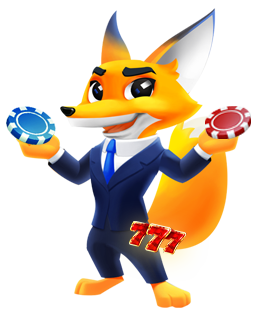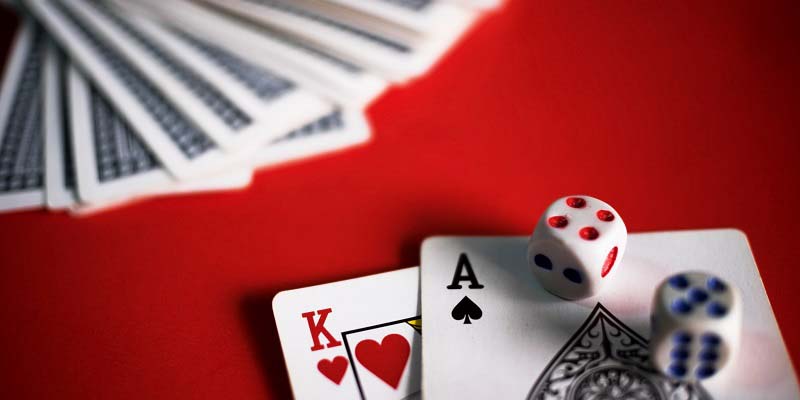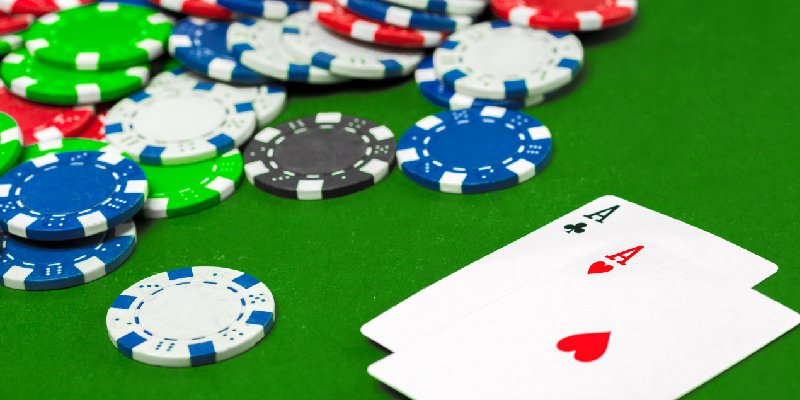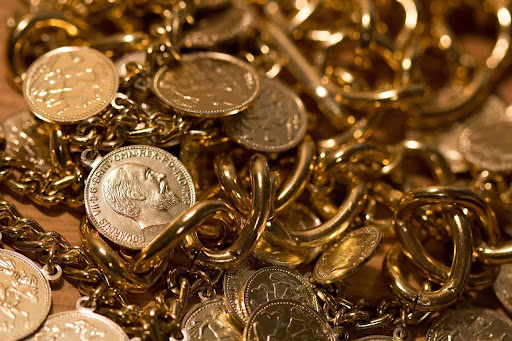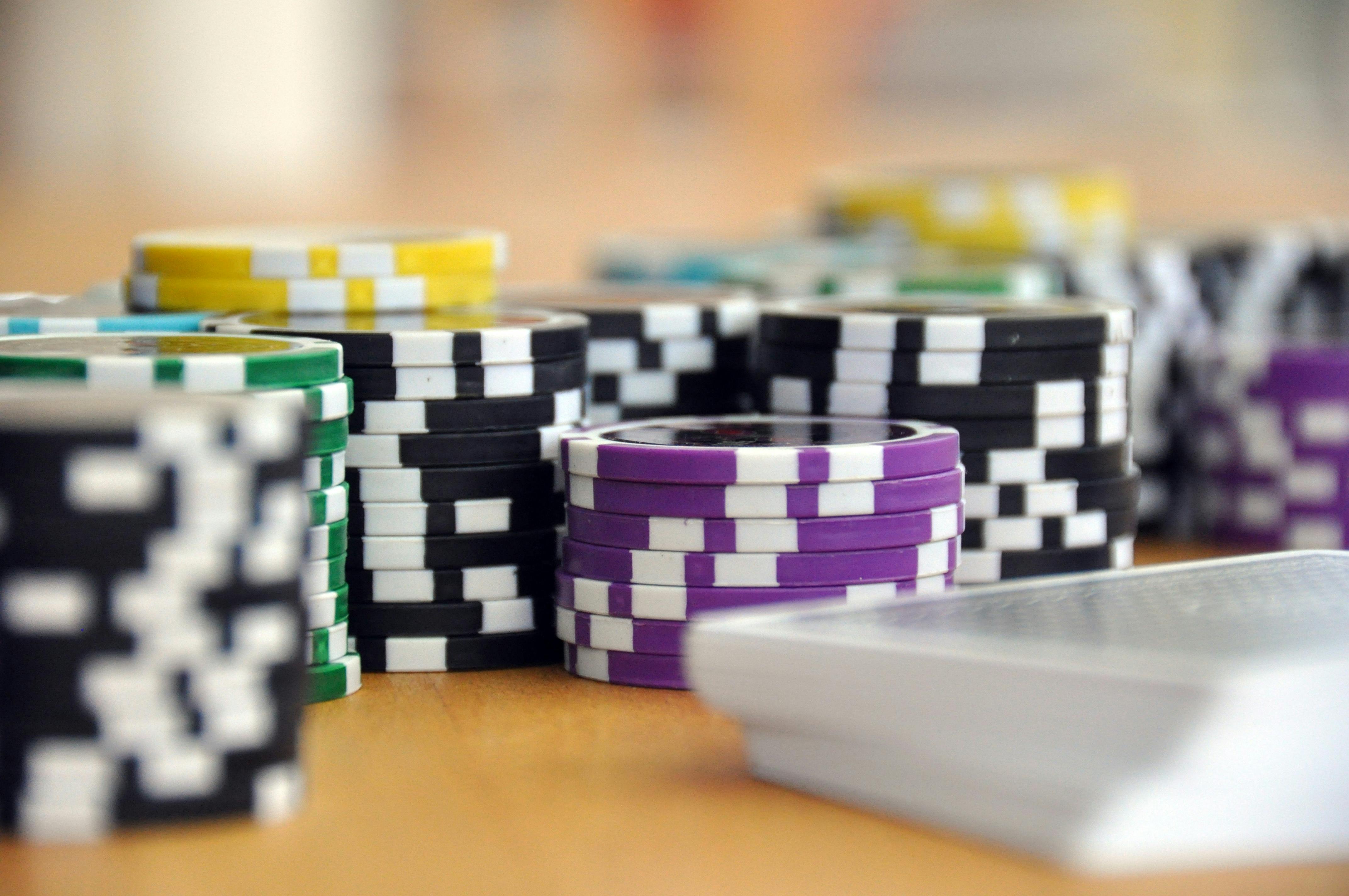When to Split in Blackjack: Master the Best Strategy for Winning
When to split in blackjack is one of the most crucial decisions you’ll face at the table. By understanding the right moments to split, you can create extra hands, boost your winning potential, and avoid unnecessary risks. In this guide, you’ll discover easy to follow strategies and practical tips to help you make smarter choices and gain an edge in every game.
Blackjack Split Rules Explained
In blackjack, splitting can be a smart move to increase your chances, but it’s important to follow the basic rules. Here’s a quick guide:
- You can split when dealt two identical cards (e.g., two 4s or two 8s).
- Splitting creates two separate hands, played individually against the dealer.
- To split, you must place an additional bet equal to your original wager.
- Splitting requires the same bet amount for each new hand, unlike doubling down, which doubles the wager.
- Each split hand will receive one additional card.
- Some casinos limit further actions on split aces, where each ace only receives one card.
Check out our Blackjack Split Rules guide in detail to master every rule and play like a pro!
The split strategy is often used in blackjack when you have a pair of cards with the same value.
When to Split in Blackjack: 6 Situations You Should Always Split
If you want to boost your odds in blackjack, it helps to know which pairs to split. Here are the 7 pairs you should always consider splitting. Let’s dive into how these choices can give you a real advantage at the table.
Knowing when to split in blackjack helps you maximize your chances of winning.
Splitting Aces (A - A)
If you’re dealt a pair of aces, always split them for the best chance to build strong hands. Even if the dealer has an ace, as long as they check for blackjack first, splitting is still a good move.
With aces, you don’t need a perfect 21 - drawing a 7, 8, or 9 gives you a strong hand, and if the dealer busts, you’re in a great position to win both hands.
Check out our guide on splitting aces to master your Blackjack strategy!
Note: When you split aces, each hand will only receive one extra card. And if you get a face card with an ace, it’s worth 21 points but not a natural blackjack. Be sure to review your casino’s rules on splitting aces to avoid surprises and maximize your advantage.
When the Dealer Shows a Bust Card (4, 5, or 6)
When the dealer shows a weak card, like a 4, 5, or 6, consider splitting your hand for a higher chance of winning. The dealer’s bust rate is high with these cards, making splitting a smart strategy.
- With a dealer’s 4, they bust about 40% of the time.
- A dealer’s 5 or 6 bumps up the bust rate to around 42%.
These statistics show the value of splitting against these cards. Many players feel more comfortable splitting against a 6 than a 5, but treating a dealer’s 5 like a 6 can improve your strategy and boost your confidence!
Splitting 8s (8-8)
According to basic strategy, you will always split a pair of 8s, and it is simple as split aces. Because holding two 8s gives you a total of 16, this is a challenge for you. By splitting, you avoid giving the casino a 10% edge, so it’s smart to tell the dealer you’ll be splitting.
When you split, there’s no risk of busting on the first hit. Drawing a 10 or face card is common and can turn your hand from a weak 16 into a solid 18. If your casino allows re-splitting 8s, take advantage of it, as it’s an easy way to improve your odds.
Splitting a pair of 8s gives you a stronger chance to win
Splitting 2s, 3s, and 7s Against Dealer’s 7 or Lower
If you have 2s or 3s, split them when the dealer shows 4, 5, 6, or 7. These dealer cards increase their chance of busting, and splitting gives you a chance to build stronger hands. If you don’t split, your total of 4 or 6 is too low to win.
With 7s, split if the dealer has a 5, 6, or 7. A 14 is weak, so splitting gives you better odds of hitting stronger hands, especially when the dealer is at risk of busting.
Splitting 6s Against Dealer’s 2 - 6
Splitting 6s usually isn’t recommended, but if the dealer’s card is between 2 and 6, splitting can give you an edge. Low dealer cards mean they’re less likely to build a strong hand. Otherwise, it’s better to keep your 6s together.
Splitting 9s Against Dealer’s 2 - 6, 8 - 9
For a pair of 9s, split when the dealer shows 2 to 6, 8, or 9. These cards put the dealer in a weaker position, making your split hands more likely to win. But if the dealer has a 7, it’s better to hit, as they might reach 17. In all other cases, keep your 9s for a strong total of 18.
When Not To Split in Blackjack
Splitting isn’t always the best choice in blackjack. Sometimes, keeping your cards together is the smarter move. Knowing when not to split in Blackjack helps you avoid turning a strong hand into a risky one. Let’s look at the important times you should skip splitting and keep our advantage.
There are certain pairs you should avoid splitting to reduce your risk of losing
When Your Hand is 4s, 5s, 6s, or 10s
- Pair of 10s
- A pair of 10s totals 20, which is very close to 21 and gives you strong winning odds.
- Splitting risks turning a strong hand into two weaker ones. It’s tempting, but keeping your 20 intact is the best way to stay in a safe winning position.
- Pair of 4s
- With a total of 8, a pair of 4s is a good hand for doubling down if the dealer shows a weak card like 5 or 6.
- Splitting here is risky, as you could draw low cards (like a 2 or 3) and end up with two weak hands. Holding your 8 intact gives you the best chance to improve.
- Pair of 5s
- A pair of 5s gives you a total of 10, perfect for doubling down to build a stronger hand.
- Splitting would leave you with two weaker hands, so keeping the 10 and doubling down is your best move for a win.
- Pair of 6s
- Split your 6s only if the dealer shows a weak card (2 through 6).
- In most other cases, it’s better to keep your total of 12 together, as splitting could create weak hands against a stronger dealer. Holding 12 keeps you in a safer position.
When the Dealer Has an Ace
When the dealer shows an Ace, they likely have a strong hand or even a Blackjack. Splitting when the dealer has an Ace can leave you with two weak hands against a very strong dealer. It’s best to play it safe by keeping your hand as it is. If your total allows, consider doubling down instead. This cautious approach helps you minimize risk when facing a tough dealer hand.
When to Split and Double Down in Blackjack
If you learn when to split and double down in blackjack, it can make all the difference in your game. These moves, when timed right, you can turn a good hand into a great one and really improve our chances of winning. Let’s explore the best times to make these choices so you can make the smartest moves at the table.
It’s important to know when to double down after a split for a better strategy
When You’re Allowed to Double Down After a Split
Pair of 9s:
- When dealt a pair of 9s, you should split if the dealer’s card is weak (2 - 6 or 8 - 9).
- After splitting, consider doubling down if you pull a low card (like a 2 or 3), which can help you reach a powerful total of 19 or more.
Pair of 8s:
- A pair of 8s should always be split to avoid being stuck with a weak 16.
- Once split, doubling down makes sense if you draw a low card (2 or 3) and the dealer holds a weak card, such as a 5 or 6, giving you a chance to strengthen both hands.
Pair of 5s:
- Split your pair of 5s to create two separate hands, each starting from a manageable base.
- After the split, doubling down is beneficial if you draw another 5, totaling 10, especially against a dealer showing a 4, 5, or 6.
Pair of 4s:
- Splitting a pair of 4s is a good move when the dealer’s card is weak (4, 5, or 6).
- Following the split, if you draw a 5 or 6, doubling down is a smart choice, as it lets you aim for a stronger total like 9 or 10, giving you an edge.
When You Can't Double Down After a Split in Blackjack
In some casinos, the rules won’t allow double down after a split in Blackjack. This rule favors the dealer and can increase their advantage by around 14%. If possible, choose a casino with more player friendly rules. If you can’t switch, adapt your strategy to lower your risk.
Be aware of situations where double down isn’t allowed after a split
Pair of 2s and 3s
- Split your 2s or 3s if the dealer’s card is 4, 5, 6, or 7, as these increase the dealer's chances of busting, giving you a potential advantage.
- However, if the dealer shows a 2 or 3, it’s safer to hit instead of splitting; splitting here could leave you with two weaker hands while the dealer gains strength.
Pair of 4s
- A pair of 4s is best split when the dealer shows a 2, 3, or 4, as these lower cards give you a chance to capitalize on their weaker position.
- If the dealer’s card is 5 or higher, though, it’s wiser to hit rather than split; otherwise, you risk ending up with two weak hands against a stronger dealer hand.
Pair of 6s
- When dealt a pair of 6s, splitting works to your advantage if the dealer’s card is 3, 4, 5, or 6, where the risk of busting is higher.
- For a dealer card of 2 or anything above 6, hitting is the safer choice. Splitting here may leave you at a disadvantage, with both hands too weak to compete effectively.
Tip: In casinos where double down isn’t allowed after a split, this rule favors the dealer and increases their edge. If possible, seek out casinos with more player-friendly rules. If switching isn’t an option, adapt your strategy to minimize risk.
Splitting in Blackjack Strategy Chart
To decide when to split in blackjack, you can use a split chart to match your hand with the dealer’s upcard. First, find the row on the chart for the pair you’re holding (like 8-8 or 9-9). Then, look across to the column that matches the dealer’s upcard (like 6, 10, or Ace). The color coding will guide your decision:
- Purple (P): Split – When you see purple, you should split. This move gives you the best chance to turn one good hand into two.
- Pink (D): Double Down – If the chart shows pink, you should double down if the casino allows it. This can increase your winnings on a strong hand.
- Dark Blue (S): Stand – Dark blue means you should stand. Your hand is already strong enough against the dealer’s card, so it’s safer to hold your position.
- Light Blue (H): Hit – Light blue indicates that you should hit. Taking an extra card here could strengthen your hand and improve your chances against the dealer.
By following these color-coded recommendations, you will know when to split in Blackjack. Hence, you can make better choices and boost your odds of winning.
Important Notes for When to Split in Blackjack
Understanding when to split in blackjack can give you an advantage, but it’s just as important to know the exceptions and guidelines that help you play smart. Here are some essential notes:
Follow these tips to enhance your skills and play blackjack like a pro
1 - Don’t Split 5 - 5 or 10 - 10
When you have a pair of 5s, your total is 10, which is a solid starting point for doubling down. Doubling down here gives you the best chance to build a strong hand with just one card. Splitting, on the other hand, lowers your chances of success. Similarly, if you’re holding a pair of 10s, your total is 20, which is one of the strongest hands in blackjack. Splitting 10s is risky because it breaks up an already powerful hand, making it easier to lose.
2 - Check casino rules and deck count
When you play, it’s helpful to know if the casino allows doubling down after a split. Some casinos allow it, while others don’t, so being aware of this rule can guide your decisions on each hand. Also, the number of decks in play can impact your strategy. Fewer decks generally favor you, while more decks give a slight edge to the house, which might affect how you approach splitting.
3 - Manage Your Bankroll and Emotions
It’s also a good idea to consider your bankroll. If funds are running low, you might want to skip splitting in higher-risk situations, like when the dealer shows a 10 or Ace. Splitting is often beneficial, but it’s not always the right choice for every hand. It helps to assess each situation carefully and avoid letting emotions steer your decisions.
FAQs
Can the dealer split in blackjack?
No, the dealer follows set rules and cannot split hands. Splitting is an option only for players, giving you more flexibility.
What is the best pair to split in blackjack?
The best pairs to split are Aces (A-A) and eights (8-8). Splitting Aces sets you up for strong hands, while 8s turn a weak total into two chances for better hands.
What is the worst pair to split?
A pair of 10s is the worst to split. A total of 20 is nearly unbeatable, so breaking it up weakens your advantage. It’s usually best to keep your 20.
Why does splitting pairs cost more money?
Splitting creates two hands, each requiring a new bet equal to the original wager. This doubles your risk but also gives you two chances to win, so use it wisely.
In the end, if you and I know when to split in Blackjack, it can really give us an edge in blackjack. I’ve found that sticking to splitting Aces and 8s can make a big difference, while keeping 10s together helps hold onto a solid hand. It’s also smart to check the casino’s rules about doubling down after a split and to keep an eye on our bankroll. By following these simple strategies, you and I can make smarter choices and feel more confident at the table.




